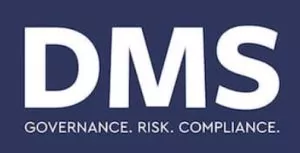In trying to cope with the seemingly unending regulatory onslaught of the past few years, the private funds industry has largely reworked the Kubler-Ross stages of grief. Anger and denial are not so much passed, but run parallel to the add-on stage of action, where managers now appear to be abandoning all hope of regulatory reprieve and are getting down to the gritty business of figuring out which compliance model fits their marketing goals.
This springing into action is replacing the "wait and see" strategy with regards to regulatory compliance that many were adopting not so long ago. Though somewhat frustrating for providers of services to private funds, this strategy endured for one simple reason: until quite recently, it has been shockingly effective. That's primarily because private fund regulation's inexorable march forward has not been without setbacks. Unbiased observers of that history would be remiss if they did not advise patience when dealing with significant regulatory shifts, as they have tended to be watered down or dismissed entirely, more often than not.
Markets, however, change — and the market for regulation is no different. Take the Alternative Investment Fund Managers Directive (AIFMD), for example. The directive's origins may trace back to the financial crisis, but it is political in nature –– and the political winds now favor its entrenchment across the European Economic Area. As any hope for AIFMD reprieve fades, attention and dialogue have turned from whether the rules will be watered down or repealed (unlikely and definitely not, respectively) to how managers will respond to or perhaps even (dare one say) seek an advantage from the directive.
Originally published by Law360.
The content of this article is intended to provide a general guide to the subject matter. Specialist advice should be sought about your specific circumstances.

